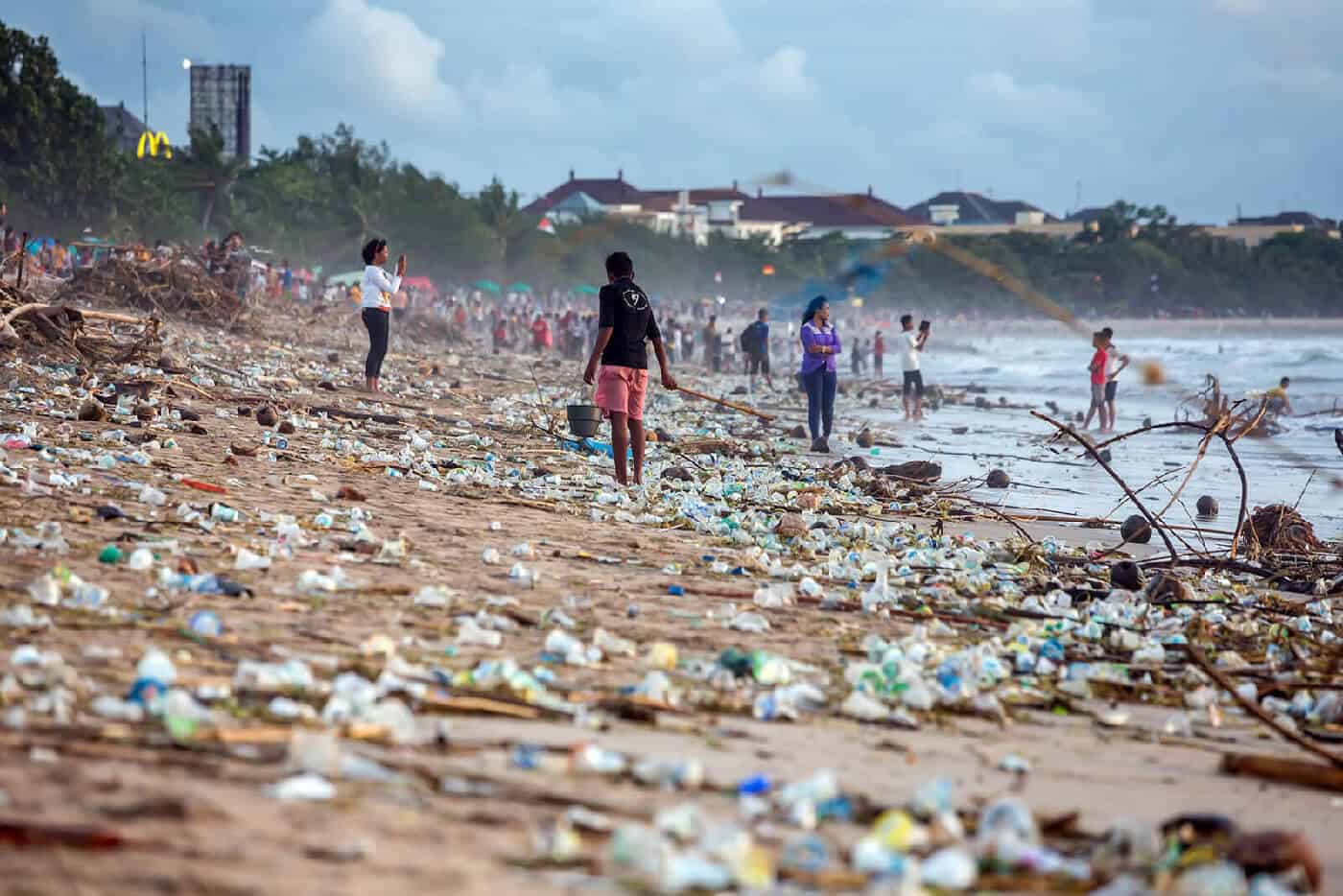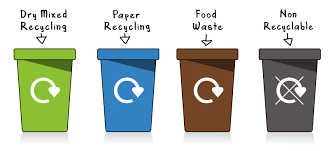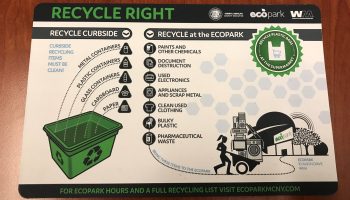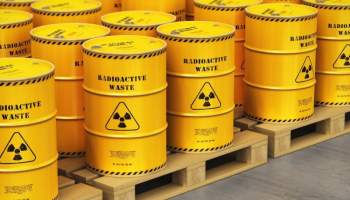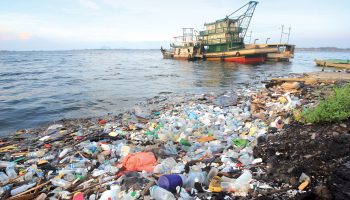Plastic is gone from being a contemporary marvel to the most difficult to work with. A dump truck of waste enters the water every minute. The globe has responded with various initiatives, campaigns, and accords to ban plastic and bags.
Sadly, plastic containers and straws aren’t the only source of marine contamination.
The Garbage Patch attracts the greatest attention, but it represents only 3% of the total ocean pollution. Plastic sometimes sinks to a ocean floor, floats in the surrounding water, or is deposited far from shore, complicating cleanup. The United Nations environmental Programme assessed the annual worldwide cost of plastic pollution to marine habitats at $13 billion. Antibiotics, toxic substances, insecticides, oil and gas are only a few examples of non-plastic contaminants. Rivers, stormwater, and wind carry these pollutants directly to the sea. Even before plastics, these pollutants harmed the environment, human health, and the economy.
To protect human & marine health and fully benefit from a sustainable ocean economy, all ocean pollutants must be reduced.
Interventions To Reduce Plastic And Ocean Pollution
Common channels and root causes of pollutants entering the ocean include denial of available to cleanliness and wastewater treatment, as well as wasteful resource usage. Taking on these root causes might compound.
For example, better wastewater management in a town or state can minimise plastic pollution and nutrient pollution, boosting fisheries or coral reef health. This implies we can use the attention being given to plastic pollution to fight numerous ocean problems at once.
The High-Level Panel on a Sustainable Ocean Economy
Help the 3 billion people lacking access to controlled waste disposal sites by creating and implementing sustainable wastewater infrastructure. Untreated wastewater contains germs, plastics, and chemicals. eutrophication, hazardous exposure, vector-borne illnesses and eutrophication.
Reduce flooding by collecting rubbish near the river’s mouth. This can keep macroplastics (littered goods) and microplastics (tyre dust) from entering rivers and eventually the ocean. Regulating nutrient and pesticide use, and changing cultural norms — like having a manicured grass, which increases pesticide, herbicide, and fertiliser use — can help keep contaminants out of the ocean. In 2011, a nutrient-induced toxic algal bloom in the eastern Lake Erie basin disrupted water sources for 400,000 people.
Adopt modern materials and green chemistry. Bans on hard-to-manage materials like expanded polystyrene (often used in packaging), restrictions on chemicals like phthalates, and funding for materials research. Creating new materials that have the benefits of plastic but not the drawbacks, including such true biodegradable materials, could help reduce the harm caused by plastics in the ocean.
Reduce plastic usage for extreme resource efficiency. Imposing levies on single-use plastics, supporting voluntary quality standards to limit fossil-fuel-based plastics, and changing cultural norms surrounding waste generation, consumption, and reuse are some examples. For example, instituting carrier bag fees in the UK cut plastic bag usage by 80%, saving 9 billion bags since 2015.

Develop expanded producer responsibility regulations, provide incentives for trash segregation and recycling, enhance markets for recycled plastics, and implement “Fishing for Litter” initiatives. Only 9% of all plastic waste since 1950 has indeed been recycled, with the rest ending up in landfills or even the natural environment.
Restrict open ocean aquaculture, for example, to improve coastal zones. Using sustainable land-based farming systems could prevent pollution from lost or abandoned gear and untreated effluent with high amounts of nitrogen and phosphorus. Encouragement of Adopt-a-Beach initiatives and pristine beach certifications like Blue Flag and Operation Aware can help minimise litter and raise awareness of pollution.
Create local food and water safety systems by installing water treatment systems and guaranteeing sufficient drinking water standards. This idea can help approximately 1 in 3 people who lack access to water, as well as prevent pollution entering the ocean.
Pollution Reduction For Ocean Economy
This can’t be conducted on a single scale or by one person. Solutions must involve cross-sector public-private collaborations, creative financing methods, and funding from a variety of sources.
Organisers of a public-private collaboration established a waste management program and strategy in Muncar, East Java, Indonesia. In December 2019, the project’s two garbage collection facilities served 47,500 residents, largely for the first time. These physical product 80 locals and have gathered 3,000 tonnes of garbage from the ocean.
We can help develop a sustainable ocean economy that expands economic opportunities and improves the health and wealth of millions of people by adopting bold, integrated action across sectors. But our path to recovery must incorporate a circular economy. It’s a myth that stuff can be thrown away. Plastic as well as other pollutants pollute well after their use-by date. We need to “stop using fossil fuels” and stop pollution before it starts.

